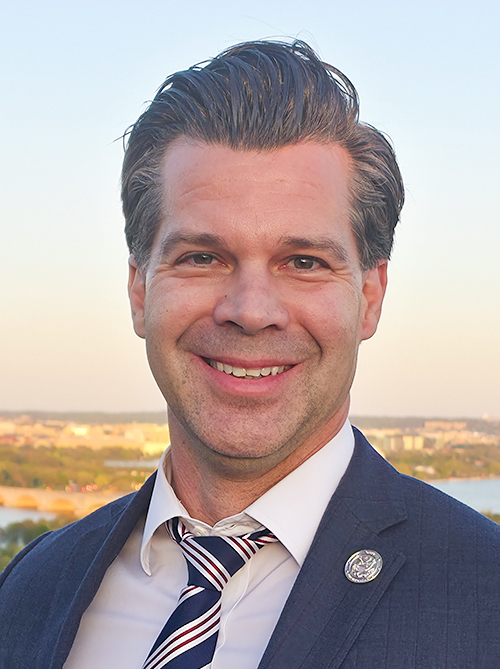
When we think about solving problems, strategizing, or tackling big creative projects, the default image is sitting at a desk or in a quiet library, laser-focused on the task at hand. For years, I believed the same thing – until I discovered a far more powerful approach: movement. I wrote my doctoral thesis and my first book while training for my first marathon and triathlon. The long runs, the quiet laps in the pool, the hikes in the woods or up mountains – those were when my best ideas surfaced. While the hours I spent in libraries poring through books were essential, they were never enough. The clarity and creativity I needed came while I was moving.
This is a practice I learned nearly twenty years ago and have carried with me ever since. In fact, I’ve noticed that my most significant athletic undertakings and my biggest professional projects almost always run in parallel, because the two are inherently intertwined. Moving – whether it’s running, walking, swimming, or dancing (not me) – has a way of unlocking ideas, stripping away mental clutter, and allowing your brain to process information in ways that sitting still just cannot match.
Why Movement Sparks Creativity
Science now backs this up. Studies have found that simply walking – especially outdoors – boosted creative thinking by an average of 60% compared to sitting. Participants came up with more novel ideas and creative solutions while on the move. The reason? Physical activity increases blood flow to the brain, delivering more oxygen and nutrients. This improved circulation supports brain function, enhances mood, and triggers the release of neurochemicals that foster new neural connections and cognitive flexibility.
Movement also helps quiet the “noise” of overthinking. Rhythmic, repetitive activities like running or swimming allow the brain’s default mode network to engage – this is the part of the brain associated with daydreaming and creative problem-solving. Simply put, movement primes your mind to make connections that might not happen when you’re forcing focus at a desk.
Movement as a Thinking Tool
Classic thinkers and writers understood this well. Nietzsche famously wrote, “All truly great thoughts are conceived while walking.” Beethoven carried a notebook on his walks to capture musical ideas that struck him mid-step. Steve Jobs was known for conducting walking meetings to spark creativity and clarity in discussions.
Thinking while moving is not a novel concept – it has been practiced for centuries as a way to engage both the mind and body. Walking, running, or even light exercise encourages a meditative state where thoughts flow more freely. It’s a reminder that movement isn’t just about physical fitness; it’s also a powerful tool for mental performance, reflection, and problem-solving.
Practical Tips to Harness Movement for Thinking
- Use “movement breaks” for brainstorming: Take a short walk or stretch when you hit mental blocks.
- Pair workouts with thinking time: Dedicate part of your walk, run, or swim to mulling over a challenge, planning your week, or strategizing a new idea or project.
- Keep a “post-workout notebook”: Ideas often come mid-workout – jot them down as soon as you finish.
- Take meetings on the move: A walking meeting outdoors can unlock better ideas and reduce stress.
Challenge for the Month:
This week, dedicate two sessions of at least 10-15 minutes of active movement (walk, jog, bike, or swim) to thinking about a specific challenge – something you’re stuck on or planning. Use this time intentionally and see what ideas surface. Track your breakthroughs – you’ll be surprised by how much clarity and energy movement can create.
Just as with Kaizen – the philosophy of small, steady improvements – the practice of moving for mental clarity is built step by step. It doesn’t require dramatic changes, just consistent, intentional moments of movement layered into your day. Over time, this simple habit can sharpen your thinking, enhance creativity, and improve both your body and mind.








